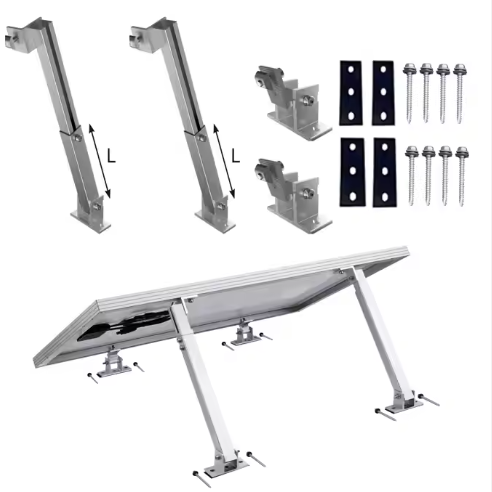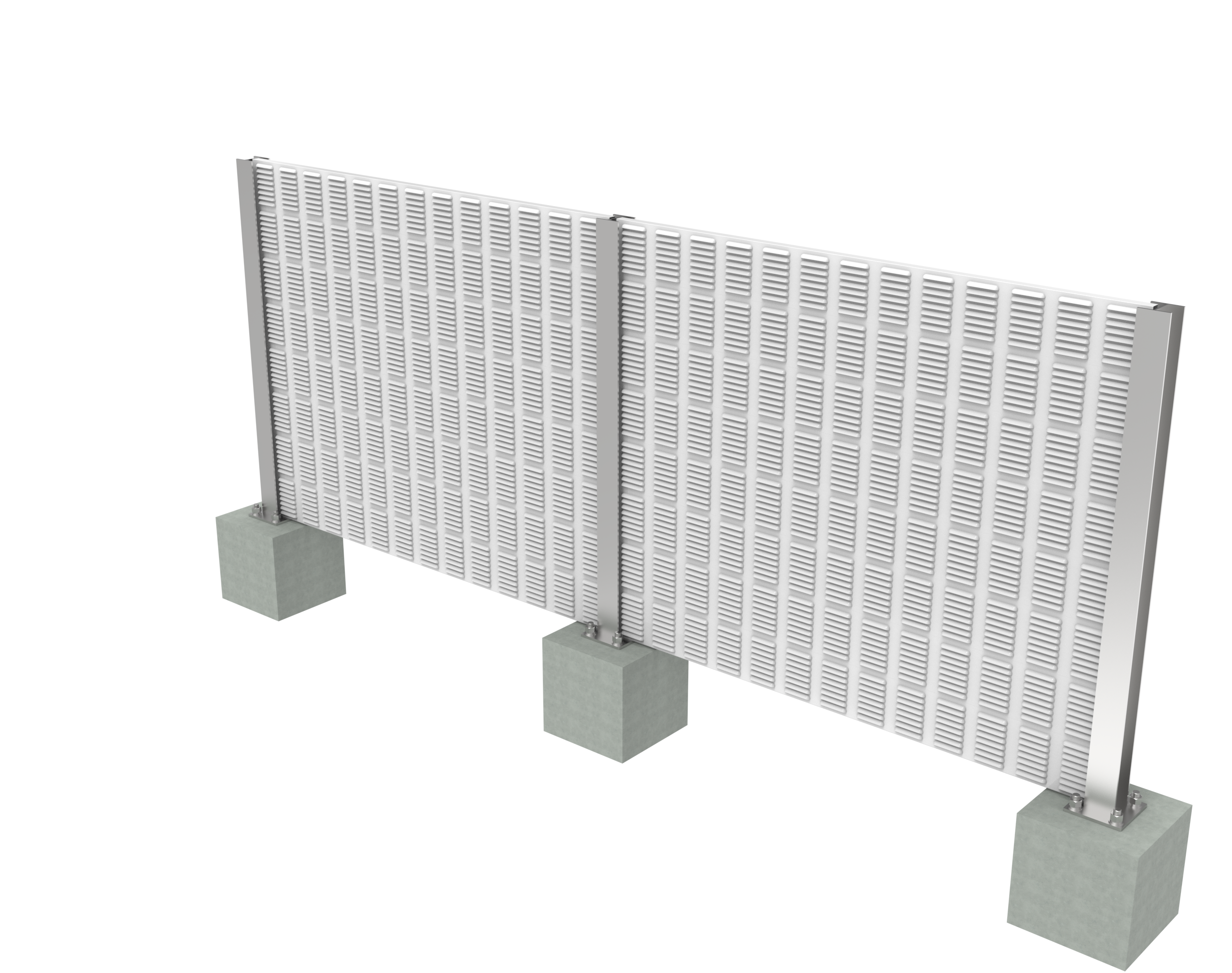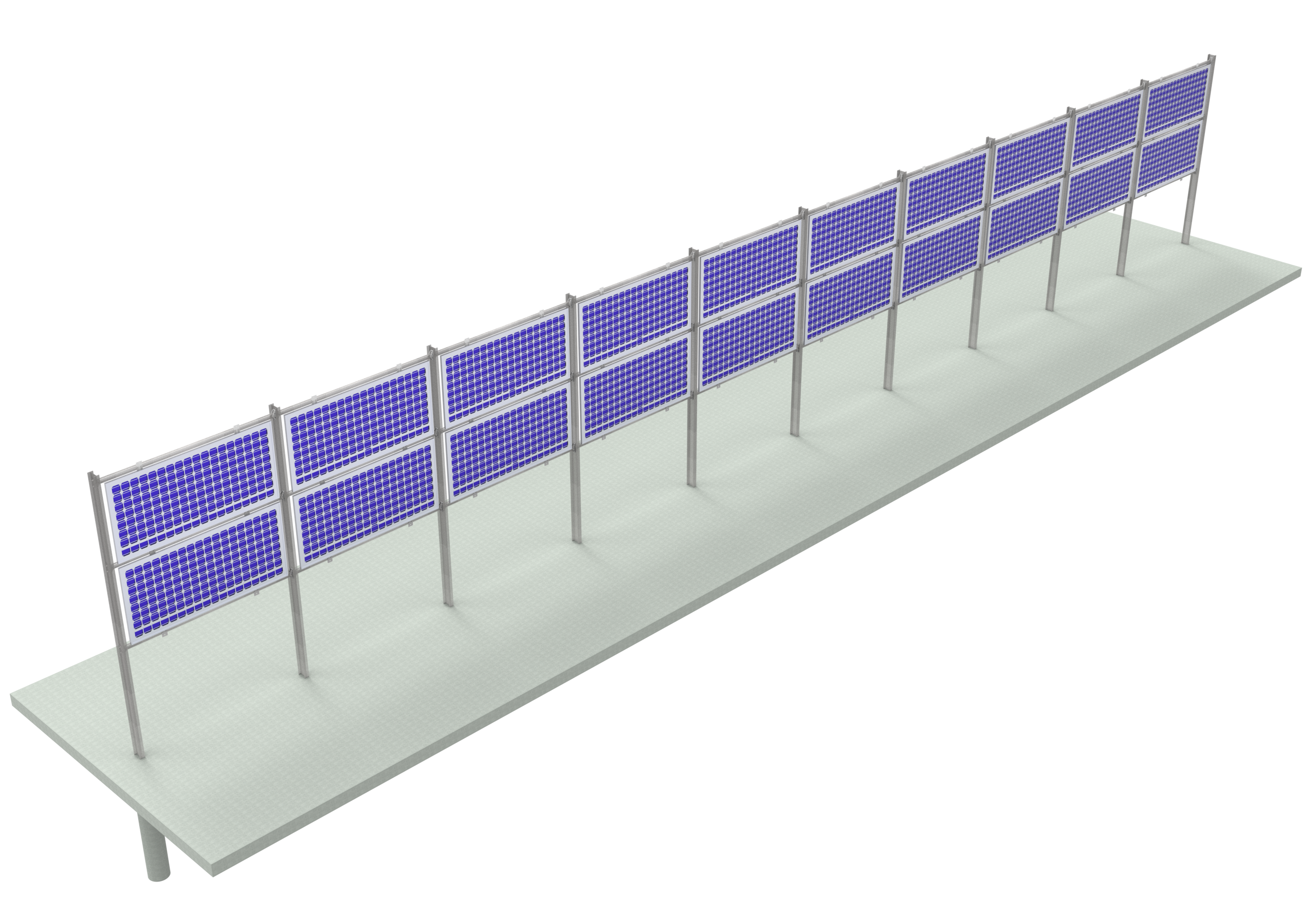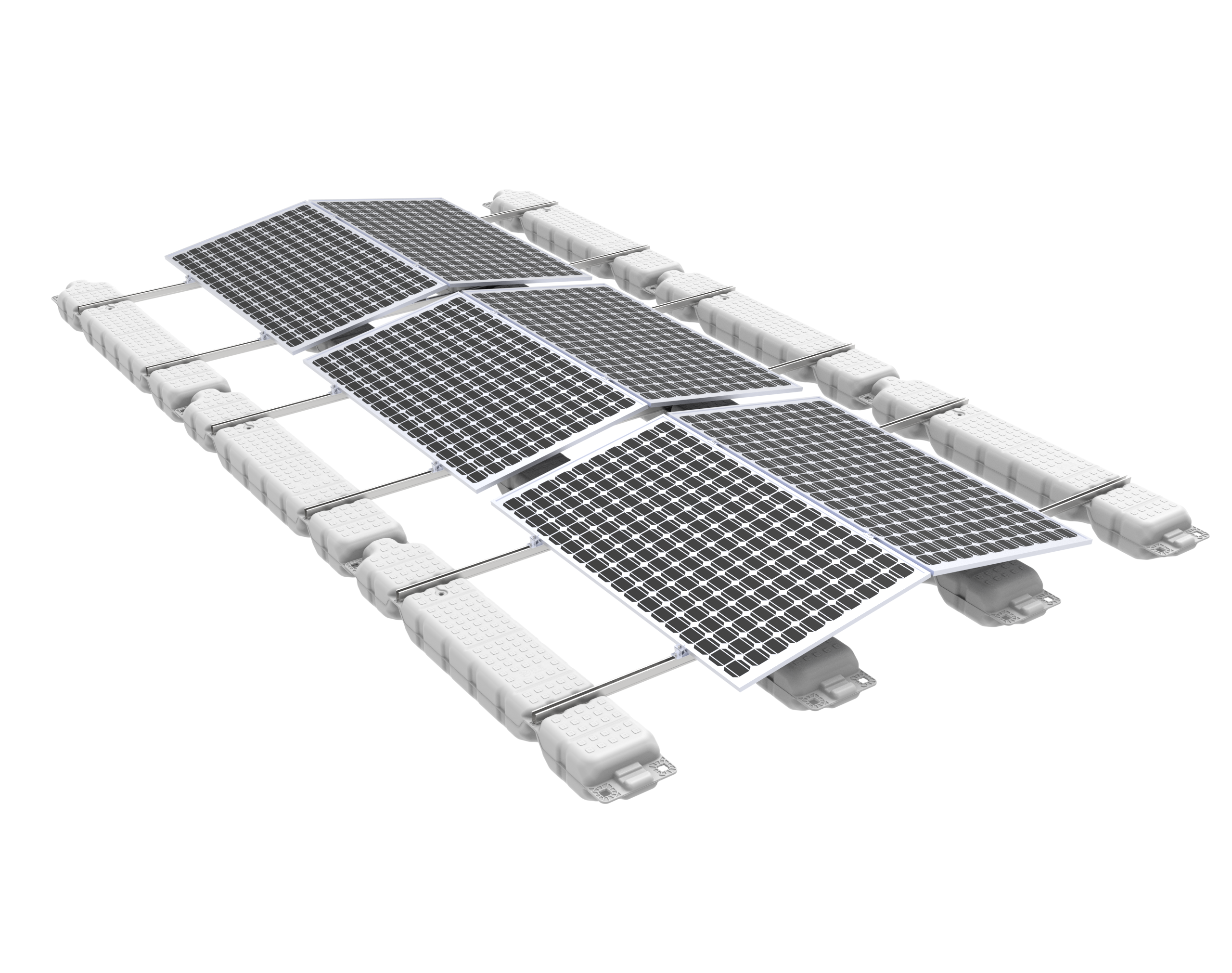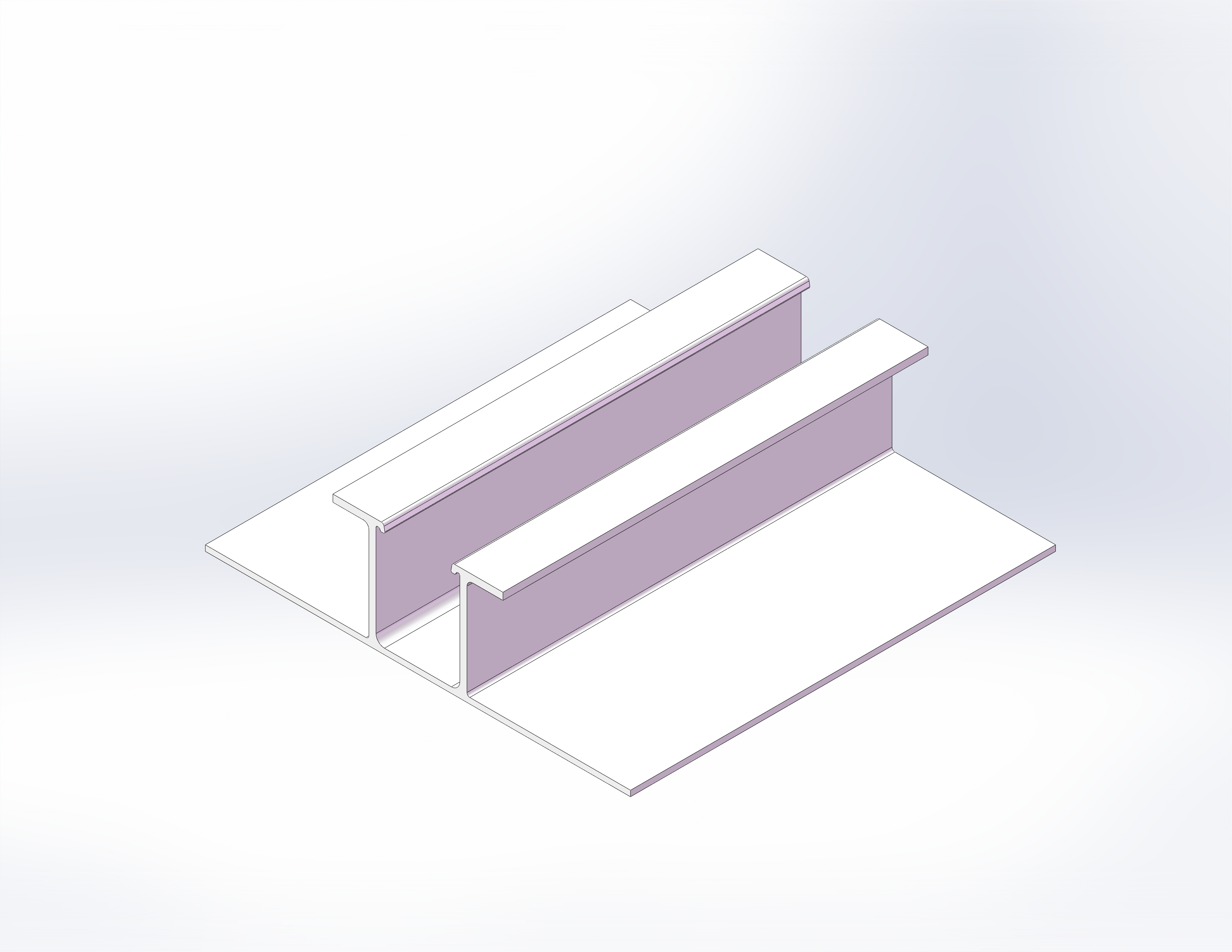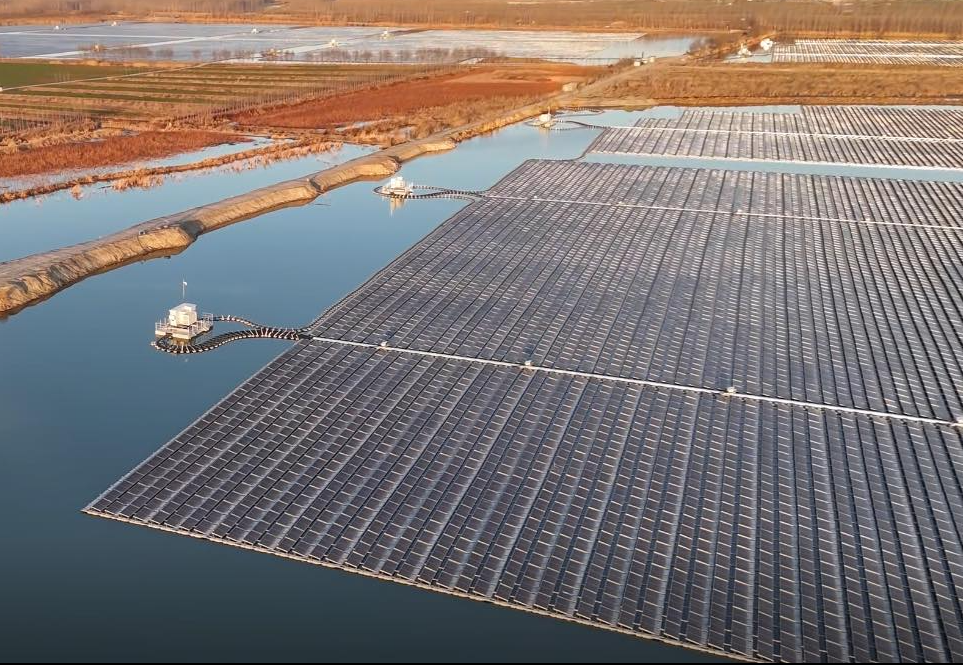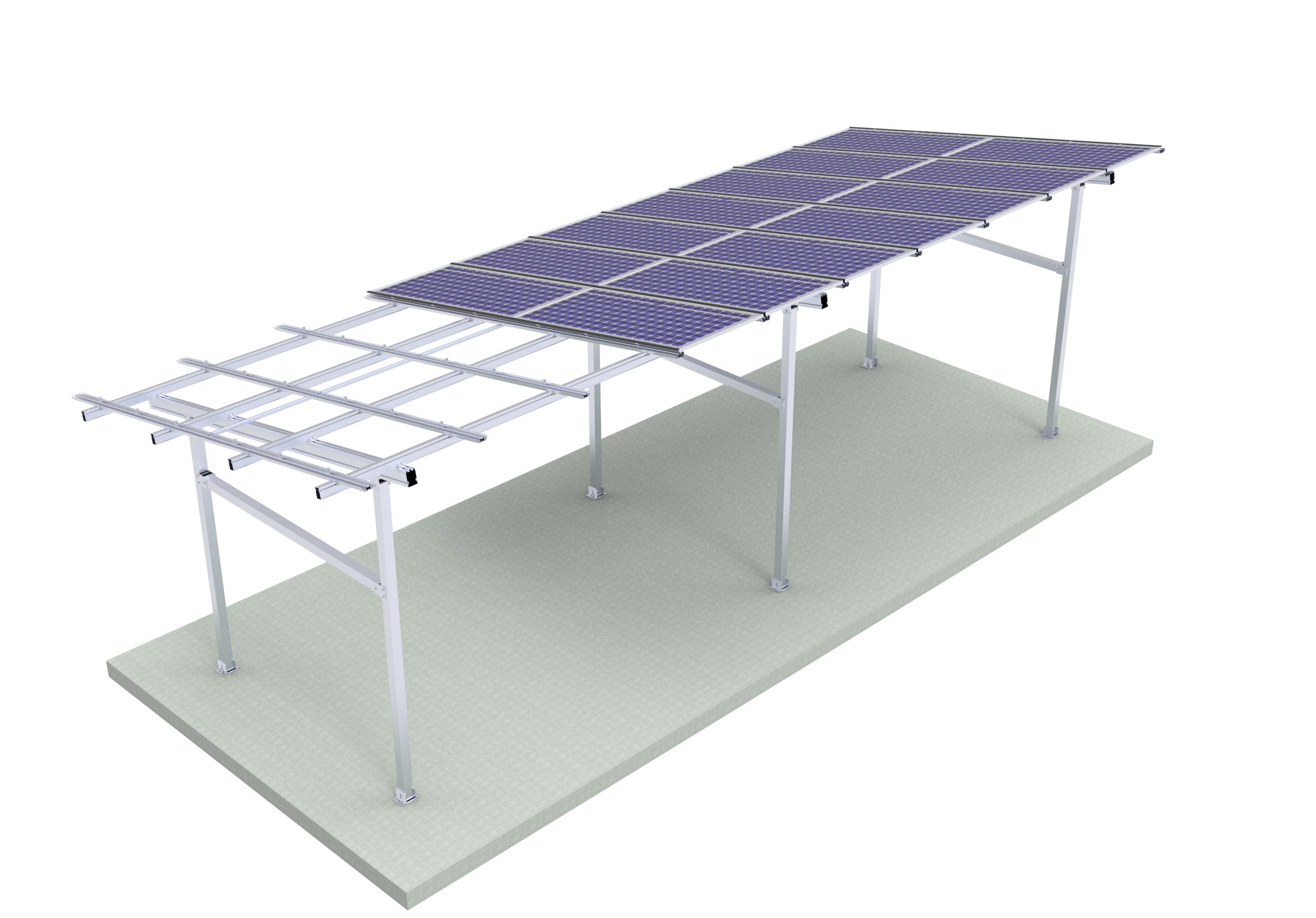Tile roof solar mount structures (Stainless steel hooks + aluminum rails)

Tile roofs—whether clay, concrete, or slate—are beautiful and durable but present significant challenges for solar installation:
Fragility:Tiles are brittle and can crack or break if stepped on incorrectly.
Uneven Surface:The curved or irregular surface is not suitable for direct mounting.
Weatherproofing Integrity:The roof's water-shedding ability relies on the precise overlapping of tiles. Compromising this overlap can lead to leaks.
herefore, tile roof mounting systems are specifically engineered to preserve the roof's integritywhile providing a secure, non-damaging attachment point for the solar array.
Hook-Based Systems (The "Batten Grab" - Gold Standard)
This is the most secure and watertight method, used when tiles are mounted on wooden battens.
Tile Removal:Specific tiles are carefully removed to expose the wooden batten beneath.
Hook Installation:A specialized stainless steel "hook" is placed over the batten. The hook has a lower arm that secures to the batten and an upper arm that extends up and over the batten, hooking under the course of tiles above the gap.
Waterproofing:A custom flashing is integrated under the roofing underlayment (felt) above the hook, directing water away from the penetration.
Tile Notching & Reinstallation:The original tile is notched to fit around the hook's vertical stanchion and replaced. The tile itself remains part of the weatherproofing layer.
Rail Attachment:An aluminum rail is secured to the stanchions rising from the hooks.
Advantages:
Maximum Strength:Direct attachment to the roof's structural battens.
Best Waterproofing:Integrates with the roof's drainage plane.
Preserves Roof Integrity:Minimally invasive when done correctly.
No Tile Cutting:Avoids the risk of breaking tiles during notching.
Fast Installation:Can be quicker than hook systems.
Clean, Integrated Look.
Key Components of a Tile Roof Mounting System
Mounting Feet:The base attachment (hooks, replacement tiles, or comp mounts).
Flashing:Critical for waterproofing. Often made of lead, aluminum, or flexible composites that can be molded to the tile profile.
Mounting Rails:Aluminum rails that run perpendicular to the mounts, providing the structure for the panels.
Module Clamps:Attach the solar panels to the rails.
Structural Analysis:A crucial first step. An engineer must verify that the roof structure can support the additional dead load (weight) and wind/snow loads of the solar array. Older homes may need reinforcement.
Tile Handling Expertise:Installers must be trained to walk on and handle tiles without causing damage. Using tile hooks or boards to distribute weight is essential.

